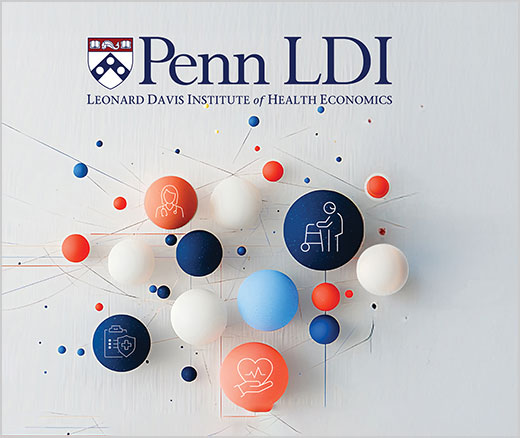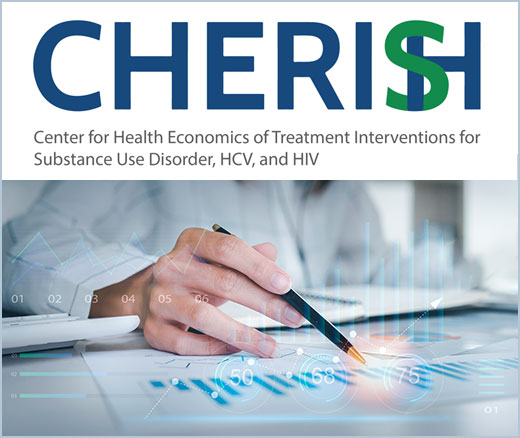
Study Finds Hospice Providers “Game” Medicare Payment Cap, But With Modest Impact on Costs
Some Hospice Agencies Adjusted Admissions and Discharges to Maximize Payments
Blog Post
Cross-posted with permission from the Office of Evaluation Sciences, U.S. General Services Administration (GSA) blog.
The national Open Enrollment Period (OEP) for states that use the federal Affordable Care Act (ACA) Marketplace recently ended in January 2022. Preliminary estimates suggest that over 14.5 million Americans signed up for affordable health coverage through Marketplace plans, which is much higher than any previous enrollment period. Several changes since the last OEP may be responsible for this historic increase in enrollment, including the increase in premium tax credits owing to the American Rescue Plan, and larger amounts of targeted investments towards consumer education and outreach programs for the Marketplace OEP.
A new paper in JAMA Health Forum led by our team at the Office of Evaluations Sciences (OES) in the U.S. General Services Administration, as well as Academic Affiliates from Brown University, the University of Pennsylvania (LDI Fellow Daniel J. Hopkins), and Covered California, details how low-cost letters can increase health insurance enrollment, especially among underserved populations. The study, conducted in 2015, included individuals who took the first steps towards enrolling in ACA Marketplace coverage and started completing their Federal Health Insurance Marketplace (FHIM) application, but stopped short of selecting a plan.

As recently as April 2021, in a survey of uninsured adults, more than 50% still lacked awareness of Marketplaces and of subsidies to make health insurance more affordable.¹ Recent literature has continued to establish the importance of nudges, such as personalized telephone calls or the use of automatic enrollment for increasing uptake.² This newly published study can inform current policy discussions about increasing Marketplace enrollment, especially in light of continuing barriers to health insurance take-up, including cost, application complexity, procrastination, a lack of awareness about available options, choice overload, and inertia.
This randomized clinical trial included 744,510 individuals on the HealthCare.gov platform and was conducted during the final two weeks of the 2015 OEP. Our OES team worked with team members from the Centers for Medicare & Medicaid Services Office of Communications at the US Department of Health and Human Services (HHS) to design the letters. The letters incorporated best practices from the behavioral sciences literature and made information related to health insurance enrollment simple, easy to access, and more personalized, while also providing actionable steps potential enrollees could take. These letters are shown to be a low-cost way to increase health insurance enrollment in the ACA Marketplaces. Letters that used action language caused larger effects, with effects highest among Black and Hispanic adults, especially in Medicaid expansion states.
By the end of the OEP, four percent of the control group that received no letters had enrolled in ACA health insurance. Relative to the control group, assignment to a letter increased enrollment by a statistically significant seven percent increase above the control group mean, equivalent to 1,753 new enrollments.
The paper presents exciting results about the effectiveness of the interventions among different subgroups. The largest increase in enrollment was among Hispanic adults, with an increase of 14%. In Medicaid expansion states where premiums tend to be lower, the effect of action letters was pronounced among racial and ethnic minorities, resulting in increased enrollment among Black (31%), Hispanic (29%), and Asian (23%) adults.
The paper also presents calculations about the cost of the interventions: each letter cost $0.55 per individual, which amounts to a cost per new enrollee of $191. This estimate compares favorably to other reported estimates, which range from under $100 to as high as $1,000. If the best-performing letter—the variant that used action language, an implementation prompt, and a picture—were implemented at scale, this would have translated to 3,228 new enrollees and a cost per new enrollee of $104.
The results from this study suggest that letters are a low cost way to increase enrollment (as low as $104 per new enrollee) and are particularly effective among underserved populations. Such reminders could be a useful tool for Marketplace administrators who seek to help individuals obtain coverage prior to future OEP deadlines.
For more information about the paper and intervention pack, check out the project page.
The study, “Effectiveness of Behaviorally Informed Letters on Health Insurance Marketplace Enrollment: A Randomized Clinical Trial” was published March 4, 2022 by David Yokum, Daniel J. Hopkins, Andrew Feher, Elana Safran, and Joshua Peck in JAMA Health Forum.

Some Hospice Agencies Adjusted Admissions and Discharges to Maximize Payments

New Program Launches Research Initiatives Focused on Improving Primary Care for Older Adults

Rural Parents Had More Emergency Visits and Insurance Loss Than Urban Peers, an LDI Study Shows. Integrated Baby Visits Could Help All Parents Be Healthier

Penn and Four Other Partners Focus on the Health Economics of Substance Use Disorder

Experts Say Nursing Ethics Can Help Researchers Confront Federal Disinvestment, Defend Science, and Advance Health Equity

Study Finds Major Gaps in Cardiac Care Behind Bars

Penn Medicine’s New Summer Intern Program Immersed Teens in Street Outreach Techniques

Eighth Year of Program That Recruits, Mentors and Develops Junior Faculty for Health Services Research